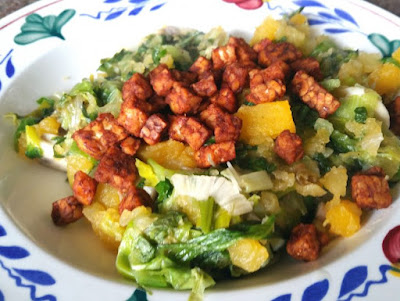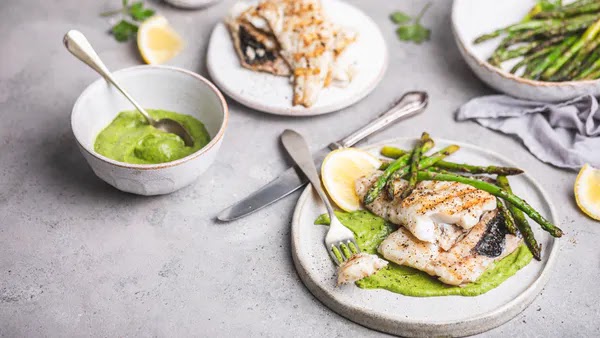'Fitter feet
Problems with your feet can stop you getting out and about. They can also affect your balance and increase the risk of falling. So it’s important to look after your feet, and report problems such as foot pain and decreased feeling to a healthcare professional.
How can I look after my feet
A simple foot routine will help keep your feet in good condition, including:
You may find that trainers or well-cushioned shoes are more comfortable than ordinary shoes and offer welcome support.
These footwear tips can help you feel more confident on your feet.
Good nail care can help to keep feet feeling comfortable. Nails that are too long can press against the end of the shoe and the constant pressure can cause soreness. Toenails that have been poorly cut can also become ingrown.
If you’re struggling to cut your own nails, ask a friend or family member for help. If that isn’t an option, in the UK many local 'Age UKs' offer toenail-cutting services. This service operates from a number of clinics.
Why should I get my feet checked?
Common problems like corns, cracked skin and ingrown toenails can be treated successfully. Conditions like diabetes or circulatory problems can all be picked up by looking at the feet.
If you have a long-term condition, such as diabetes, arthritis or chronic problems with blood circulation in your legs, your feet are particularly vulnerable. Check your feet regularly and ensure you attend check-ups as requested. If you notice any problems, report them to your doctor as soon as possible.
Where should I go to get my feet checked?
In the UK, if your foot condition affects your health or mobility, you may be able to have a routine chiropody appointment on the NHS. A chiropodist (also known as a podiatrist) can treat most common problems successfully. Contact your doctor to see if you are eligible for NHS treatment. You can also pay privately.'
A simple foot routine will help keep your feet in good condition, including:
- wearing suitable footwear
- keeping your toenails short
- regularly moisturising your feet
- checking for cracked skin, blisters and signs of infection.
You may find that trainers or well-cushioned shoes are more comfortable than ordinary shoes and offer welcome support.
These footwear tips can help you feel more confident on your feet.
- Always wear shoes or slippers. To avoid slips, never walk indoors in bare feet, socks or tights.
- Wear shoes that fit well. High-sided shoes with low heels, thin soles and a good grip are a good choice.
- Avoid wearing sandals and shoes with high heels.
- Wear slippers that have a good grip and fasten up. Loose or worn out slippers may cause you to trip.
Good nail care can help to keep feet feeling comfortable. Nails that are too long can press against the end of the shoe and the constant pressure can cause soreness. Toenails that have been poorly cut can also become ingrown.
If you’re struggling to cut your own nails, ask a friend or family member for help. If that isn’t an option, in the UK many local 'Age UKs' offer toenail-cutting services. This service operates from a number of clinics.
Why should I get my feet checked?
Common problems like corns, cracked skin and ingrown toenails can be treated successfully. Conditions like diabetes or circulatory problems can all be picked up by looking at the feet.
If you have a long-term condition, such as diabetes, arthritis or chronic problems with blood circulation in your legs, your feet are particularly vulnerable. Check your feet regularly and ensure you attend check-ups as requested. If you notice any problems, report them to your doctor as soon as possible.
Where should I go to get my feet checked?
In the UK, if your foot condition affects your health or mobility, you may be able to have a routine chiropody appointment on the NHS. A chiropodist (also known as a podiatrist) can treat most common problems successfully. Contact your doctor to see if you are eligible for NHS treatment. You can also pay privately.'
Words above from article here
See also, Diabetes and Cold Feet, some possible causes and treatment - herePlease note articles within this blog are provided for general information only, and should not be treated as a substitute for the medical advice of your own doctor or any other health care professional. If you have any concerns about your general health, you should contact your local health care provider.
All the best Jan



























